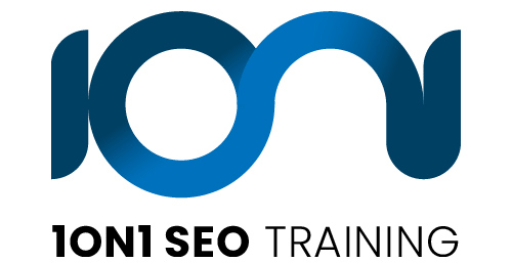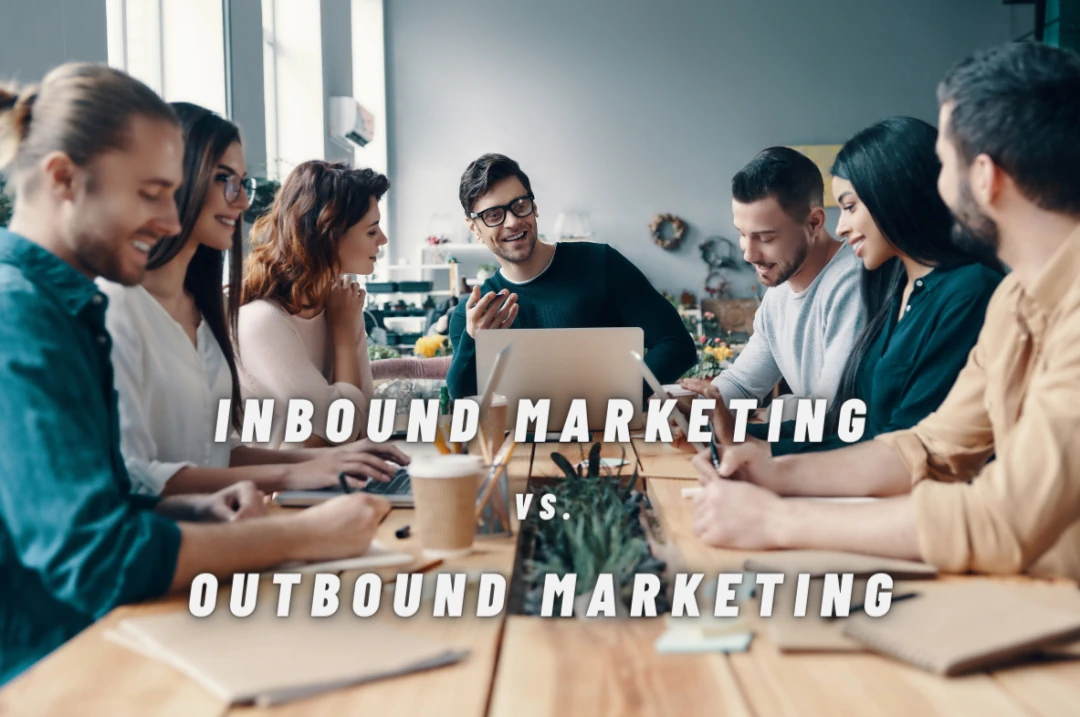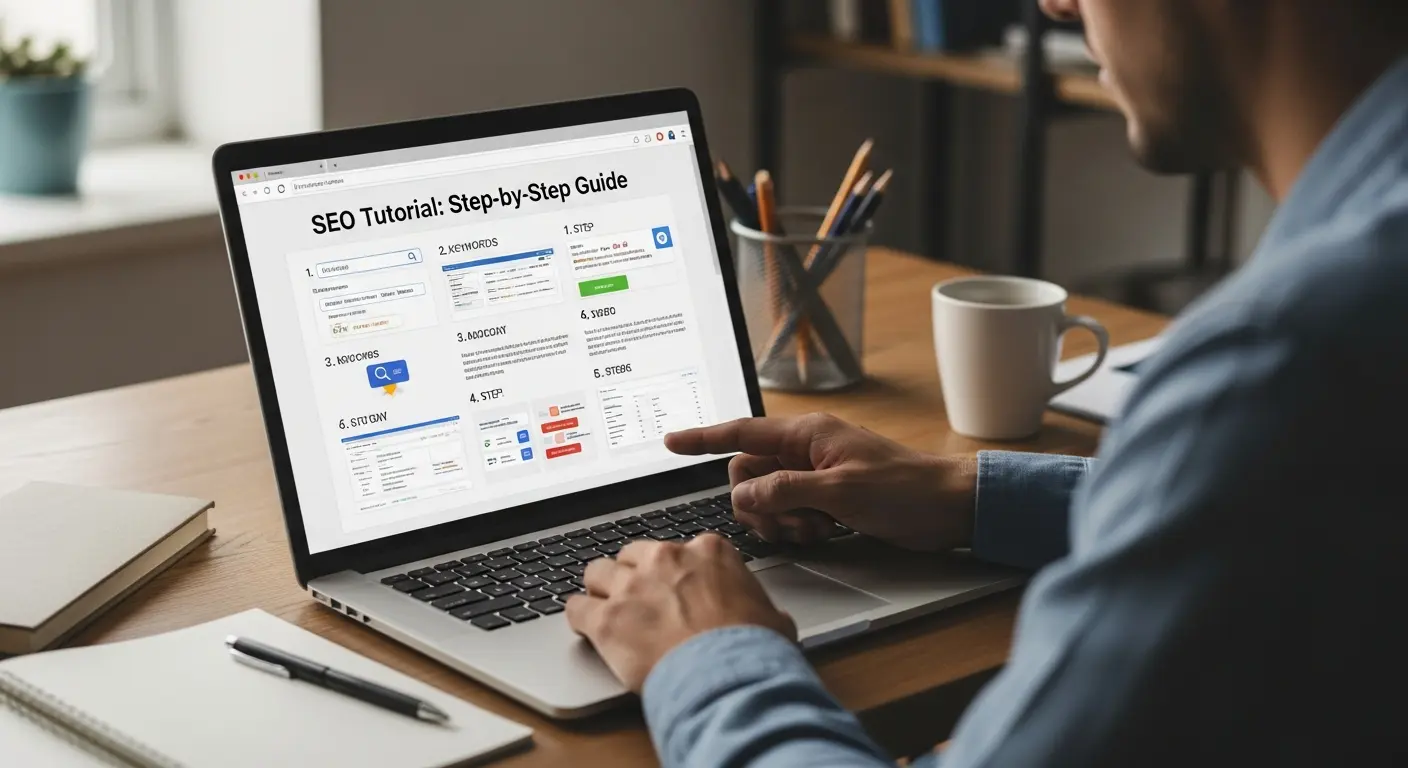There are many reasons why professionals and business owners turn to digital marketing.
The first step is often the most difficult to navigate. Do you swear by what others say about Google Ads and outbound marketing, or do you instead look at the data and try inbound marketing?
Why is Outbound Marketing Dying?
Outbound marketing (spam and ads) continues to thrive because people still spend their marketing dollars on them.
Any promotional effort where the business makes the first contact with people is called "outbound marketing." Traditional forms of advertising and marketing fall into this marketing category. Outside the internet, we have print ads, TV ads, radio ads, flyers, brochures, etc.
On the internet, there are Google ads (essentially all kinds of ads), spam email, and any other form of communication that we can consider "cold calling."
In contrast to inbound marketing, where customers come to you when they have a need, outbound marketing actively seeks out potential customers.
Inbound marketing includes content marketing, blogging, search engine optimization, and asking people to opt-in for newsletters and updates. Ironically, up to 90% of marketing budgets are still spent on outbound marketing even though it is more difficult to track and yields lower profits. In addition, it's challenging to break bad habits.
Suppose you can't track the effectiveness of one marketing effort. In that case, a more significant portion of that budget should be allocated to a marketing strategy you can measure from day one.
Small businesses and enterprises should consider inbound marketing for long-term profits, higher ROI, and longevity in the most competitive markets.
Many companies allocate the bulk of their marketing dollars toward outbound strategies. The practice has been around for decades, and some even see it as the price of doing business. Outbound marketing continues to create challenges
for digital marketers, the history of marketing clearly shows that inbound marketing continues to have an edge in established and emerging markets.
How Internet Search Changed Consumer Habits
Inbound marketing works because people ask search engines like Google and Bing their most essential, critical, and even mundane questions. People take to the internet for everything, from stock market news to the price of eggs in local shops that deliver. They use Google to discover hole-in-the-wall restaurants and top destinations abroad.
The internet has become part of the DNA of modern life. Therefore, you can expect as much as I that online life will continue to thrive. But are ads truly part of the equation? Looking at the expenses of businesses who invest in Google ads and similar products versus their ROI, we can say that in the short term, paid ads 'might' help spread the word about a business.
But what happens after the Google Ads budget runs out?
When your ad budget is extinguished, your ads disappear. The rule of the internet is if you don't show it, it doesn't exist. Therefore, you'll have to keep buying ads and tweaking the theme forever to exist. Twelve months a year and year after year.
Search engine optimization is a part of inbound marketing. It is not a 'hack,' as many would say it is. Instead, it is an entire digital marketing channel that aims to create brand awareness and connect businesses daily to people who genuinely want information about your products and services.
The most important message of inbound marketing is "let them come to you."
This might sound dangerous to someone who has never done inbound marketing. What if no one comes? But SEO and inbound marketing work precisely because you can't start any SEO campaign without knowing the market.
So much research goes into SEO before anything is done that even a moderately competitive campaign can succeed. Furthermore, the costs of SEO are nothing compared to Google Ad spend.
For example, the guarantee of people becoming interested in content far outweighs a random ad, no matter how targeted the ad campaign is. Otherwise, no one would be trying SEO, and everyone would, by default, turn to online advertising to grow their businesses.
Companies like Google and Facebook tend to exaggerate the success of online ads. But, of course, it's normal to see such exaggerations online because they sell ads to people. So, for example, Facebook earns billions from people running Facebook Ads on the platform.
They publish case studies constantly. But talk to any ordinary person on the street and ask them if these ads persuade them to buy things like sneakers and natural health products. Most will refuse to acknowledge the ads and say, "I was going to buy it anyway."
The line "I was going to buy it anyway" makes a massive case for inbound marketing. Inbound marketing works because it acknowledges consumer intent.
Looking Closer to Customer Intent
"customer intent" is typically shorthand for "buyer intent." However, it can signify much more than the initial impetus for first contact or dialogue between a brand and potential customers.
Let's enrich our understanding. First, "customer intent" refers to the motivation behind customer actions and behavior.
It is common practice for businesses to make educated guesses about potential customers based on demographic and location data to deduce their motivations for making a purchase.
However, you can't make the best strategic choice without thoroughly familiarizing yourself with their needs, wants, and motivations. You could miss out on a sizable market if you presume that customer demographics always indicate purchase intent.
According to one study, half of all baby product influencers and buyers aren't necessarily parents, nor do they have children at home. Therefore, you may miss out on a sizable portion of the market if you only target parents when advertising baby products.
The point is that intentions and demographics are not always harmonious. Due to the wide range of customer tastes and experiences, it's essential to zero in on customer intent to provide the kind of service your customers expect at every stage of the buying process. But unfortunately, the relationship between demographics and motivation is not always consistent.
There is a wide range of customer tastes and experiences. Therefore, the only way to accurately predict what customers want and expect from you throughout the customer journey is to pay close attention to customer intent.
Customers' tastes vary according to their motivations. For example, people who want to see if they're motivated enough to buy a new TV might go to a store to check out different models.
Ultimately, they may wait to buy until they are satisfied with the specifications and have found the best price online. They use two different channels because their goals are different at each point. For example, a TV buyer will go online to do research before heading to the physical or digital store to complete the purchase.
To create omnichannel customer experiences that encourage customers to make a purchase, businesses must first determine the motivations behind their customers' journeys.
What are customers looking for now, and why have they chosen that channel specifically?
By analyzing customer intent, you can provide solutions to these problems and satisfy customers' needs.
You can better understand a customer's motivations by learning their typical path through a given set of tasks.
How to Connect to Audiences with Inbound Marketing
Focus On Connecting to The Right People With The Right Content
Connect with your audience by demonstrating that you have experienced similar difficulties and provide them with what they need to succeed. This is a win-win because you can demonstrate your knowledge while providing a valuable service to your target demographic.
Create the perfect personas.
Please talk with your customers to learn about their problems. Then, use the personas you build by following our instructions as a starting point for your content brainstorming sessions.
Show empathy and compassion.
When you know what's bothering your old and potential customers, you can put yourself in their shoes and create content that will help them overcome their specific problems.
Use suitable content formats.
Templates, toolkits, digital guides, and blog posts are just some examples of the many formats in which educational content can be found. You should pick a format that works well with your brand and vision.
Learn to Share Your Knowledge
Leaders in any field who have dealt with the problems their followers face and can speak with authority on the subject command respect. Sharing the wisdom you've gained from overcoming your challenges can do much more good than just solving other people's problems (which are likely theirs too). When you're genuine and forthright about your brand, people are likelier to relate to and feel empathy for you.
Whether or not you consider yourself an authority on the subject, you likely have more knowledge on the topic than your customers.
Spread the word about your successes.
Turn your successful experiment with a novel approach into a case study, or write some pointers to help others replicate your success.
Dig your data.
There are probably some surprising discoveries hiding in your spreadsheets. Finding interesting, original stories in your data is the key to producing engaging, informative content for your target audience and relevant to your field.
Get to know you by helping others get to know you.
Customers will want to know what you offer and more about your company, and what sets you apart from the competition. Therefore, communicating your company's backstory is an educational tool for your target audience. The ability to set yourself apart from the competition is the result.




